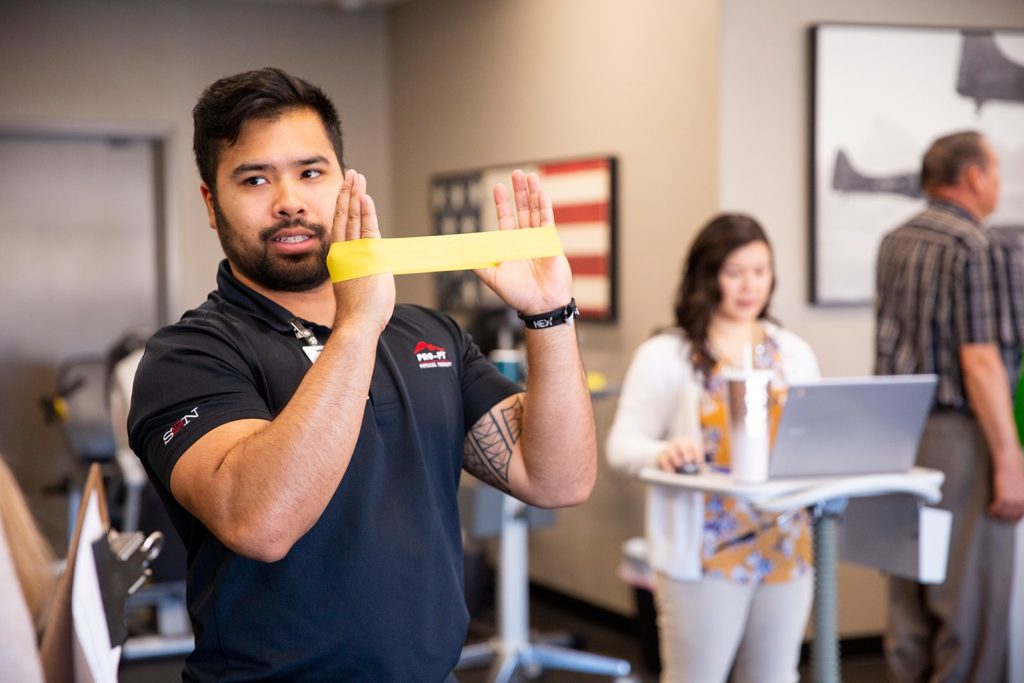Enhancing Recovery and Functionality Through Effective Injury Mitigation Strategies in Physical Rehabilitation and Individual Training
Enhancing Recovery and Functionality Through Effective Injury Mitigation Strategies in Physical Rehabilitation and Individual Training
Blog Article
In the world of physical rehabilitation and individual training, injury avoidance is a vital component that can substantially improve rehabilitation and efficacy. Efficient injury prevention strategies assist clients avoid setbacks that can occur due to exercise exertion. These tactics are crafted to strengthen the body, enhance mobility, and promote proper movement mechanics. By focusing on these areas, both physical rehabilitators and personal trainers can empower their participants to attain their fitness objectives while reducing the risk of injury.
One of the key elements of harm prevention is understanding the significance of appropriate warm-up and recovery protocols. A preparation prepares the physique for exercise by increasing blood supply to the muscles and enhancing mobility. This can consist of active flexibility exercises and gentle aerobic activities that slowly elevate the heart rhythm. On the contrary hand, a recovery assists the physique shift back to a calm state, reducing muscular soreness and rigidity. Including these routines into a fitness program is crucial for preserving overall physical well-being and avoiding injuries.
Another crucial strategy is the use of strength exercise to build muscle and support joints. Robust muscular can assist support joints, which reduces the likelihood of injuries during physical exertions. Individual coaches often create resistance training programs that target specific muscle groups, ensuring a balanced approach to fitness. Additionally, physiological rehabilitators may employ strength workouts to help clients recover from injuries while also preventing future issues. By focusing on resistance, individuals can enhance their performance in sports and daily tasks.
Mobility exercise is also a crucial component of harm avoidance. Flexibility routines enhance the scope of motion in joints and help maintain muscular flexibility. This is especially crucial for sports participants who participate in intense sports, as tight muscles can result to injuries and tears. Both physiological therapists and personal trainers can incorporate flexibility exercises into their programs, such as static and active flexibility exercises, pilates, or Pilates. By promoting flexibility, individuals can improve their look at this website overall movement effectiveness and reduce the risk of injury.
Ultimately, informing clients about physical movement and correct techniques is crucial for harm avoidance. Comprehending how to perform correctly during workouts can greatly reduce the risk of injury. Personal coaches and physiological rehabilitators can instruct participants about alignment, posture, and the importance of listening to their bodies. This knowledge enables clients to take educated choices about their exercise exertions and identify when they may be at danger of injury. By fostering a strong foundation of harm avoidance tactics, both disciplines can help participants recover efficiently and function at their best.